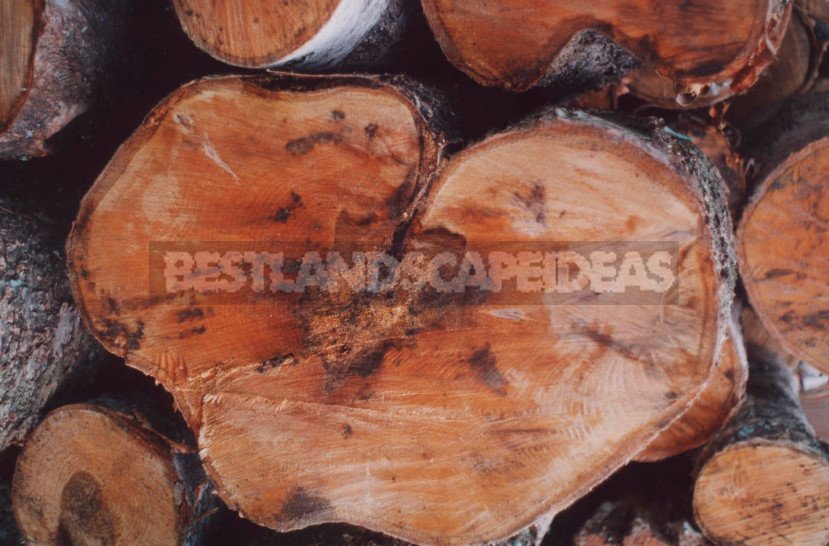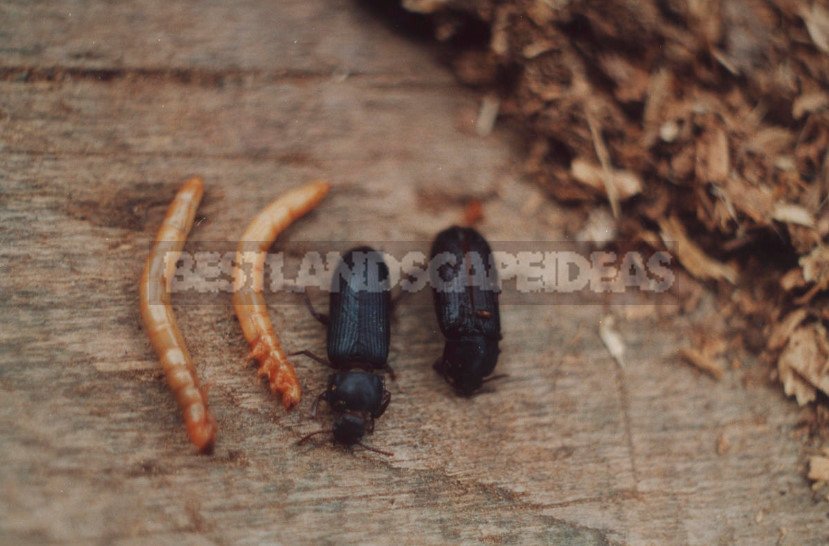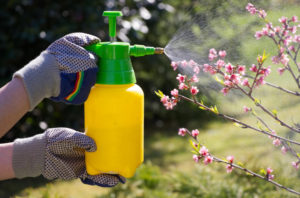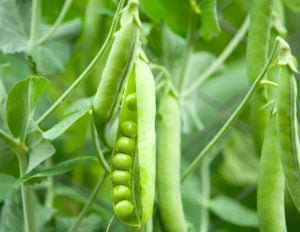
It seems that everything is long behind us – and planting, and a blooming garden, and weed control, and an invincible aphid on your favorite roses. Only fallen leaves crunch underfoot, dusted with the first snow. Late autumn calms our nerves and thoughts in terms of taking care of plants.
Is it worth talking about pests and diseases when all the work in the garden is finished? Yes, the crop residues were removed, dried branches were cut off, heat-loving plants were filled in. How good it is to escape from the hustle and bustle of the city and just walk along the paths of the garden, sit by the warm stove or fireplace, enjoying the peace and quiet. But just like that in the evenings we have questions – why?
Why irises overwintered badly, why roses bloom poorly, cherries are constantly drying, pines are turning yellow. There are many problems, and they are all different. But, I note, the plants in our gardens have the same problems: herbaceous plants have rot, leaf spotting, raids, shrubs have bark necrosis, spotting and raids, and trees suffer from root and stem rot and all the same spots and raids.
There are no autumn lesions on the leaves and mildew or rust deposits, but it will not hurt to inspect the bushes and trees. Why do the same cornus or rosehip constantly dry out growing shoots and they have to be cut all the time? Only in autumn, when there are no leaves on the bushes, you can notice that the turf at the base of the stems has dark drying ulcers, and the rosehip stems are affected by infectious burns. And now “fashionable” tuberculosis necrosis can infect ornamental shrubs in the garden.

Do you rejoice when mushrooms grow in the garden? Of course, why go to the forest when mushrooms are at hand. But sawdust causes peripheral rot of wood, because of it, all woody shrubs and trees dry up. And why is the crown of pine, oak or birch thinning, and rather leathery polypore hats appear on the guns? There are a lot of polypore fungi, some of them affect different tree species, and all of them cause trunk rot. Therefore, keep in mind that the appearance of leathery fruit bodies on the trunks indicates a serious problem that leads to the rapid drying of trees.
The trees are gradually being cut down, but for some reason the stumps are left. But honeydew and pine sponge are held by mycelium only at the end of the tree and can quickly spread to all neighboring plants. Have you carefully looked at the firewood that you use to heat the fireplace? There will always be brown, wet, rotting parts of the wood in the cut. The fact is that the wood allowed the tree to be affected by stem rot. If you have to cut and chop wood, try to have all the sawdust and chips collected and destroyed.

Pieces of mycelium brought into your garden together with wood can become a source of infection of ornamental plants. The same can be said about oak and alder wood. By the way, the newest mushroom – Pleurotus – grows mainly on alder, maple and aspen in forests. And this mushroom is able to grow not only on trees, but also on a wooden house.
With wood, you can bring not only pathogens of stem rot, but also a wide variety of stem pests. For many years we have been collecting firewood that fell from the wind and dead wood in the nearby forest, and now it turned out that our garden house was completely gnawed by tenebrionids and their larvae.

At the peak of the construction boom, wood damaged by pests was sometimes allowed for building materials. This spring we bought several untreated boards for the walls of the greenhouse, and under the bark we found not only passages, but also live pests themselves. That’s how it turns out that pests fly, are introduced to plants, with wood and lumber.
Is it worth talking about diseases and pests of plants, if they are part of our life, if they spoil the decorativeness, reduce flowering and cause plant death? Is it worth talking about measures that will help preserve our ornamental gardens? Or maybe it’s better to pretend that this does not concern us, and diseases and pests are not with us? The garden that you created with your own hands is unique and beautiful, but, as practice has shown, you need to be able to protect any beauty.




Leave a Reply